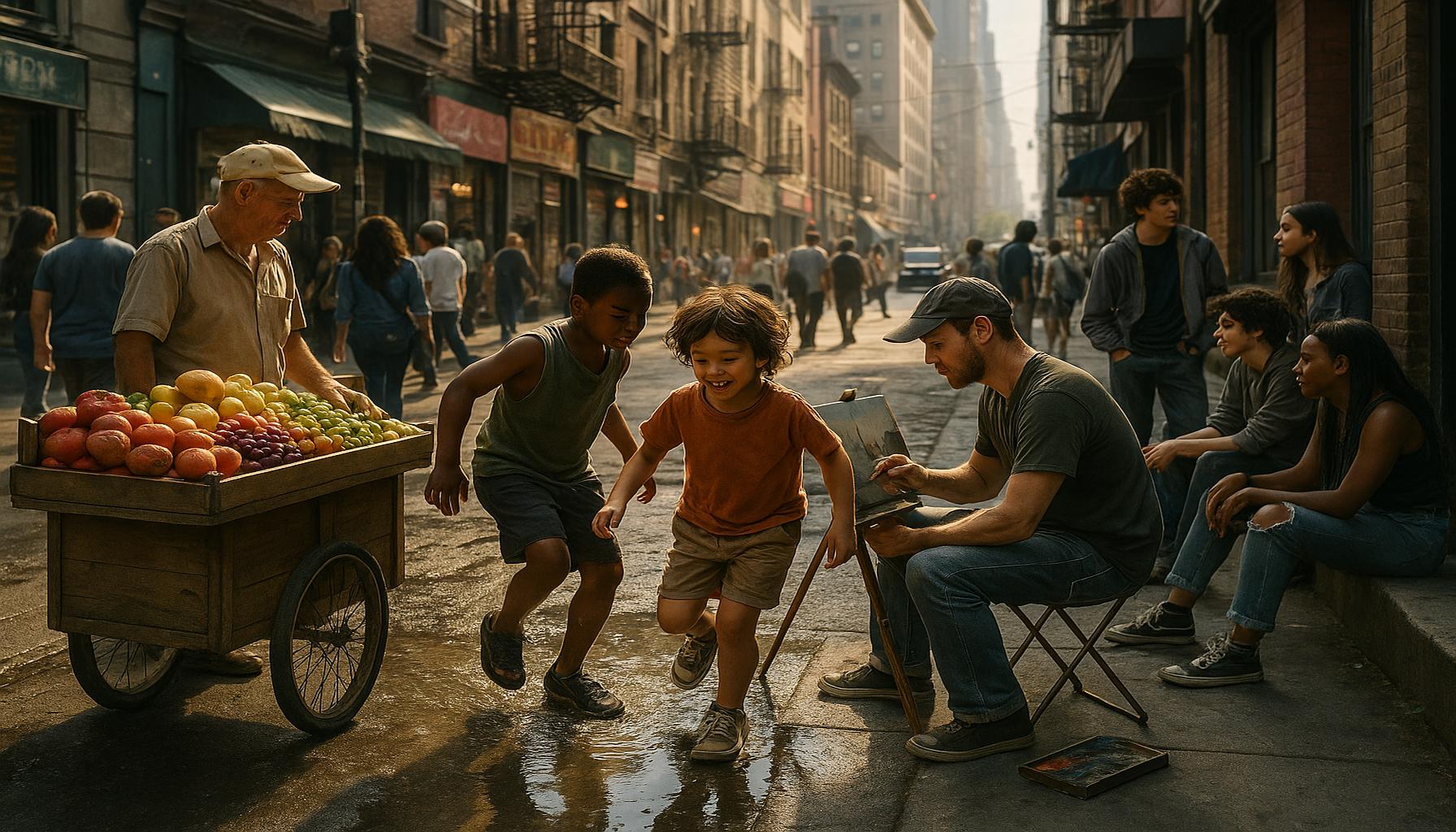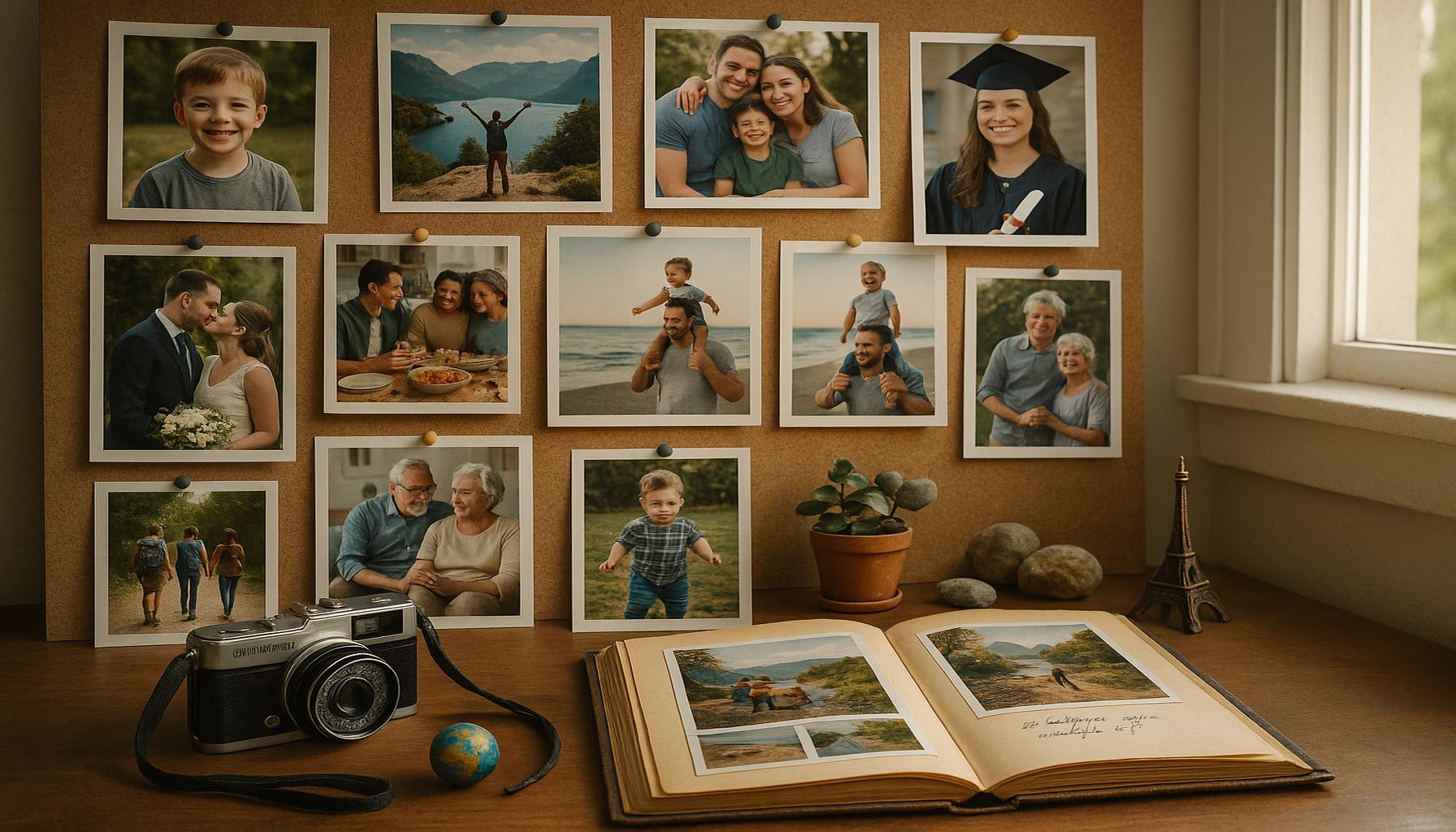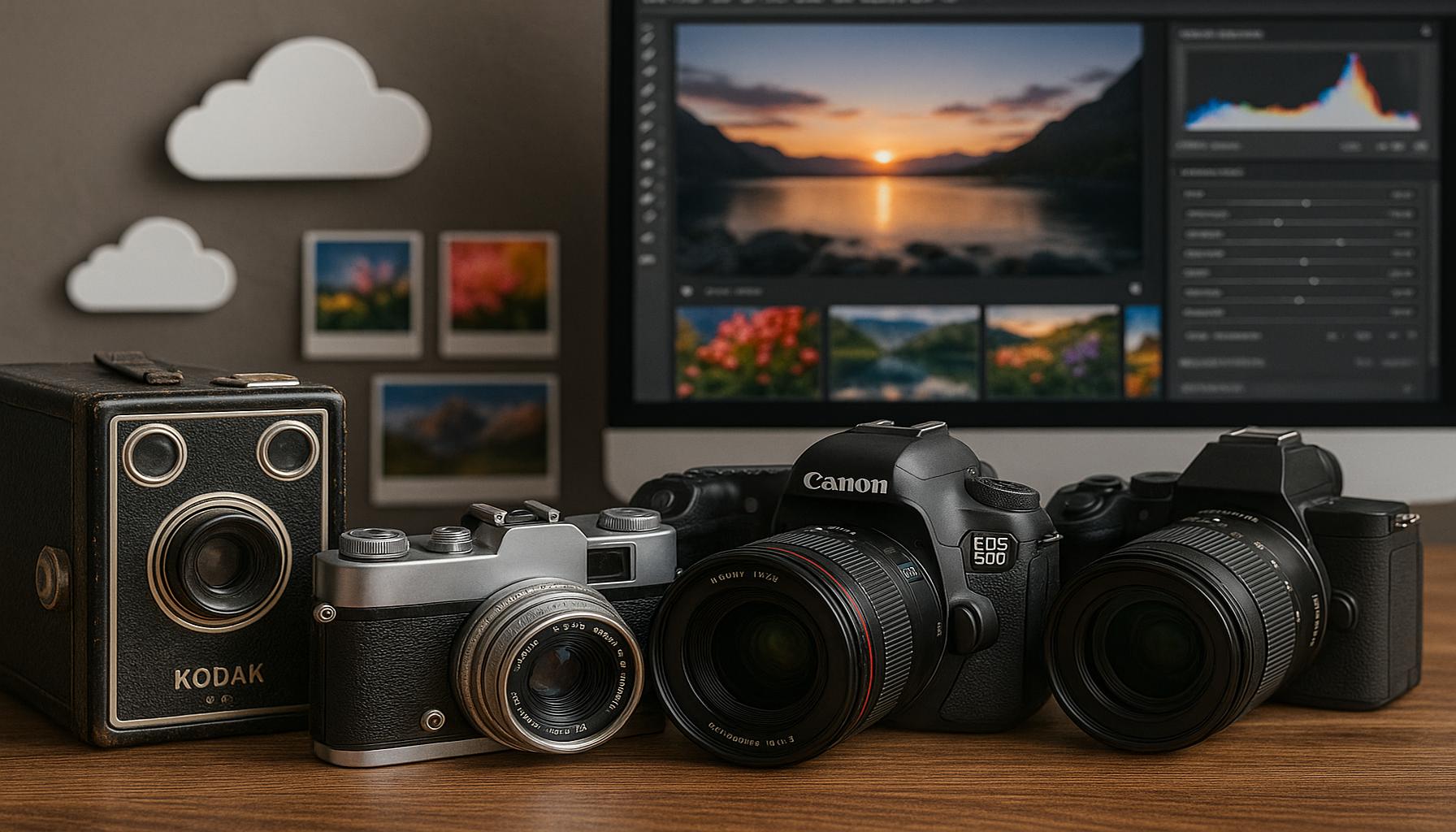Long Exposure Photography Techniques: Creating Art from Motion and Light
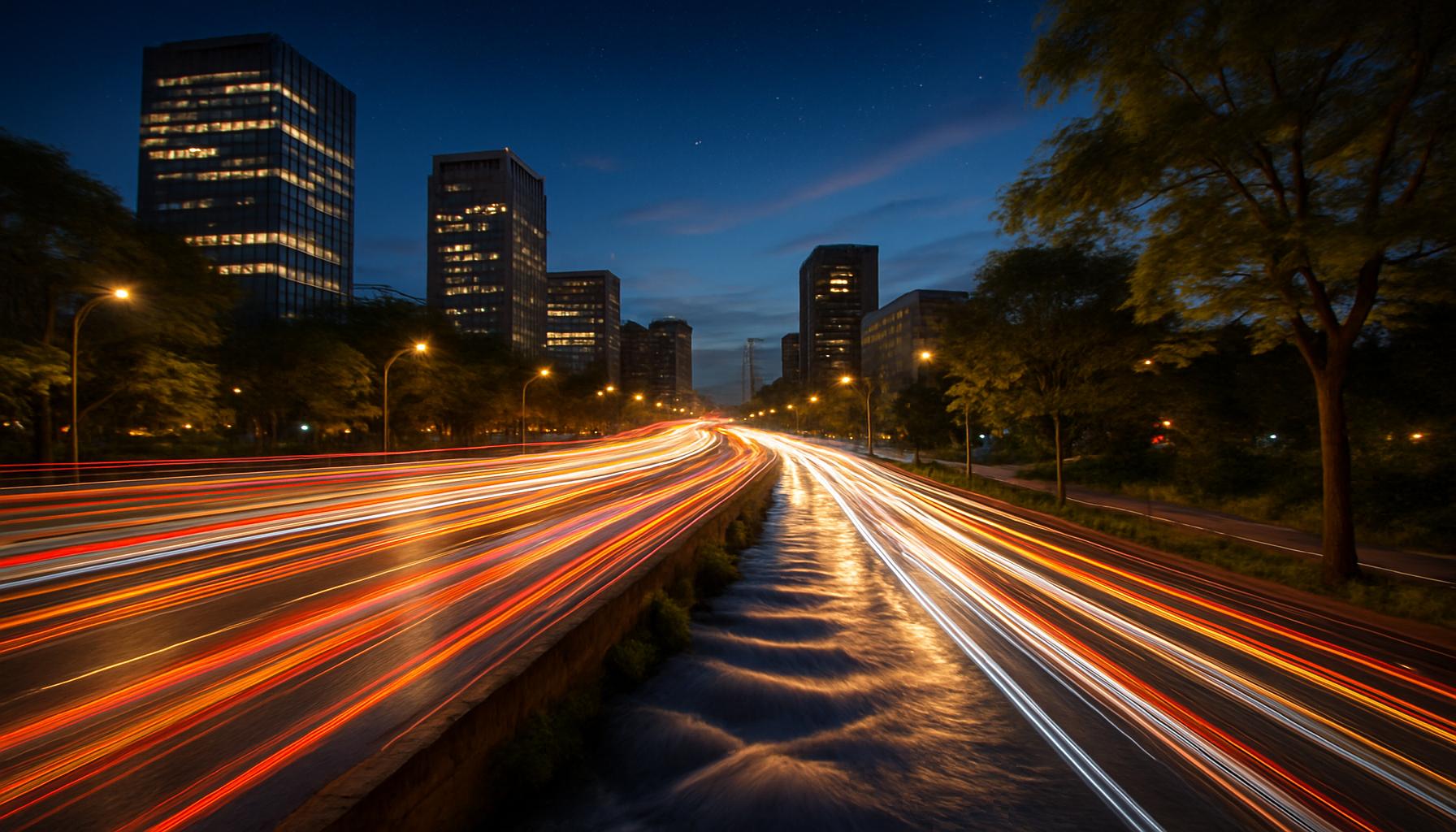
Capturing Time with a Click
Have you ever witnessed a breathtaking image that mesmerized you with its blend of motion and light? Long exposure photography breathes life into still images, transforming ordinary scenes into vivid visual stories. This technique allows photographers to manipulate time, revealing the subtleties that escape our naked eye. Think of the smooth flow of a waterfall or the mesmerizing trails of stars swirling across a night sky; these are just a few examples of how long exposure photography artfully documents the fleeting nature of time.
What Makes Long Exposure Photography Unique?
At its core, long exposure photography involves using a slower shutter speed to capture dynamic elements, transforming movement into ethereal artistry. Some fascinating applications include:
- Flowing water that appears silky and smooth, such as a cascading waterfall in a national park. Capturing water in this way can evoke a sense of calm and fluidity, turning turbulent rapids into a glass-like surface.
- Star trails that depict the movement of celestial bodies across the night sky. By opening the shutter for several minutes or even hours, photographers can create stunning arcs of light, revealing the Earth’s rotation and offering a glimpse of the universe’s vastness.
- Light trails made by moving vehicles or illuminated objects, such as busy city streets or a carnival ride. The streaks of light can create a sense of motion and energy, effectively conveying the hustle and bustle of urban life.
The results of long exposure photography can be visually striking, revealing patterns and textures that enhance the overall narrative of the image. This captivating approach invites photographers to explore their creativity, pushing the boundaries of traditional photography. For instance, capturing fireflies in a field at dusk can produce a whimsical effect of glowing dots against a dark background, embodying the magic of nature.
Essential Techniques to Explore
To embark on your long exposure journey, consider these essential techniques that can elevate your photography experience:
- Tripod Use – Stabilizing your camera is crucial for sharp images. A sturdy tripod eliminates the risk of camera shake, ensuring that your shot remains crisp while the scene unfurls around it.
- Neutral Density Filters – These filters reduce light intensity, allowing for longer exposures even in bright conditions. They’re particularly useful during daylight, enabling photographers to create dreamy effects without overexposing the image.
- Experimenting with Time – Play with exposure times ranging from a few seconds to several minutes to achieve various effects. Different durations can dramatically alter the end result, from softened waves to swirling clouds.
As you delve into these long exposure photography techniques, you will discover a new world where time and light intertwine, inviting you to create art unlike any other. From urban landscapes to serene natural settings, the possibilities are endless. So grab your camera, head outside, and join us on this exploration of motion and light!
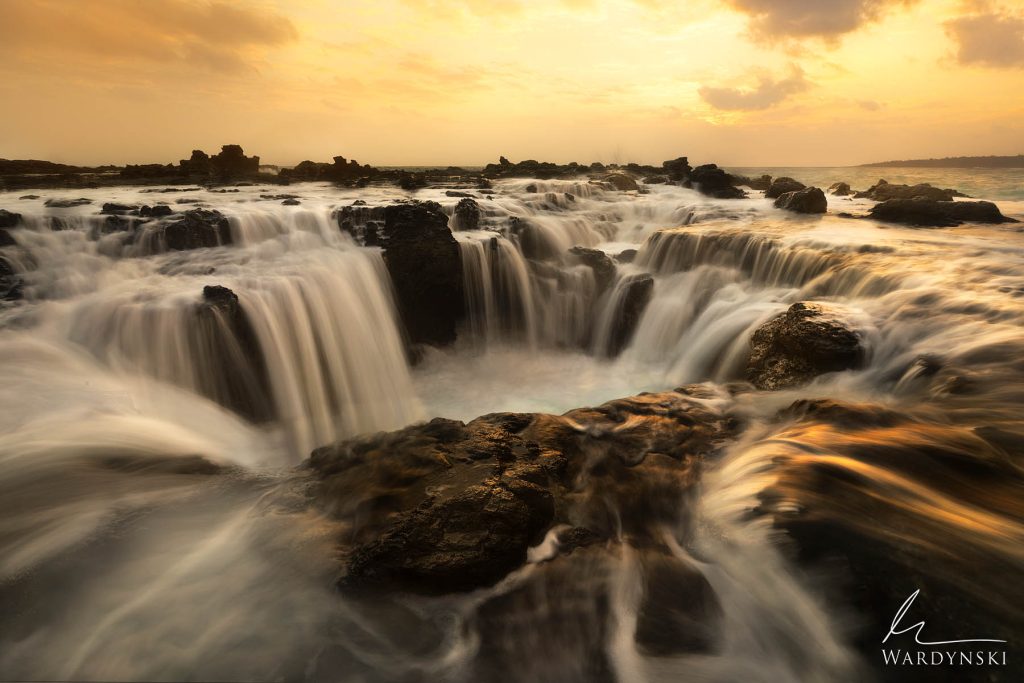
DISCOVER MORE: Click here to dive into sustainable crafting
Understanding the Art of Long Exposure Photography
Long exposure photography is not merely a technique; it is an artistic expression that showcases the delicate interplay between motion and light. This captivating form of photography allows artists to convey feeling, emotion, and energy through the lens, capturing images that tell a story far beyond the ordinary snapshot. To fully appreciate this medium, it’s crucial to understand its foundational concepts and techniques, which can significantly transform the way you perceive and engage with your surroundings.
The Science Behind Long Exposure
At the heart of long exposure photography lies the principle of shutter speed. By using slower shutter speeds—ranging from fractions of a second to several minutes or even hours—photographers can record motion over time. This not only allows for the creation of beautiful effects but also highlights the fluidity of time itself. As light interacts with various subjects, it leaves impressions on the sensor or film, blending movement into an ethereal visual dance.
For example, in a busy urban setting, keeping the shutter open for several seconds can yield mesmerizing trails of car lights, known as light trails. Similarly, capturing a sunset with a long exposure can smooth out the clouds, imparting a serene atmosphere to the scene while retaining the vivid colors of twilight.
Key Techniques for Stunning Results
To embark on your journey into the realm of long exposure photography effectively, consider these key techniques that are essential for mastering this art form:
- Camera Settings – Understanding your camera settings is critical. Setting your camera to manual mode gives you full control over aperture, ISO, and shutter speed. A lower ISO setting will minimize noise in your images, while a larger aperture (like f/8 to f/16) will help in maximizing sharpness.
- Using a Remote Shutter Release – A remote shutter release or a timer function can prevent camera shake when taking long exposure shots. This tool is indispensable when working with shutter speeds that exceed a few seconds, where even the slightest movement can lead to blurriness.
- Location and Timing – Scout various locations, considering both natural and urban environments. The golden hour—the hour after sunrise and the hour before sunset—offers stunning lighting conditions ideal for long exposures. Additionally, nighttime provides opportunities for engaging with star trails and city lights.
By diving into these techniques, photographers can create images that evoke emotion and captivate viewers, allowing for a deeper connection with art and the natural world. A well-executed long exposure can reveal the invisible, pulling viewers into a world where time is both fleeting and eternal.
Exploring Advanced Long Exposure Techniques
Long exposure photography is a captivating medium that allows photographers to create stunning artwork using the unique interplay of motion and light. By employing specific techniques, photographers can transform everyday scenes into ethereal representations that evoke emotion and intrigue.
The Use of ND Filters
Neutral Density (ND) filters are essential tools for long exposure photography. They reduce the amount of light entering the lens, which enables photographers to achieve longer shutter speeds without overexposing images. For instance, using a 10-stop ND filter allows photographers to shoot in bright daylight while maintaining exposure times of several seconds or even minutes. This technique is particularly effective for capturing the smooth, silky appearance of water and clouds, which adds a dreamlike quality to photographs.
Incorporating Motion in Stillness
Another fascinating aspect of long exposure photography is the ability to capture movement within a static frame. This is particularly evident in urban settings, where the bustling activity of people and vehicles can be rendered as beautiful streaks of light. For example, a bustling city street can transform into a canvas of moving lights, demonstrating the vibrancy of the city life while maintaining the stillness of surrounding architecture. By experimenting with varied exposure times, photographers can manipulate the perception of speed and motion, creating a more dynamic visual narrative.
Mastering Timing and Composition
Timing is crucial in long exposure techniques. Understanding when to take a shot, especially during the golden hour—shortly after sunrise or before sunset—can significantly enhance the overall mood and colors in the photograph. Composing an image with leading lines and symmetry can guide the viewer’s eye, making the photograph more engaging.Moreover, incorporating fore-, mid-, and background elements can add depth and dimension, enriching the viewer’s experience. This thoughtful composition, combined with techniques like light painting, where photographers introduce light to the scene during the exposure, can lead to mesmerizing results that captivated audiences.
Why Long Exposure Photography? The Artistic Perspective
Long exposure photography is not just about technical skills; it’s also about conveying a message and evoking emotions. Whether you are capturing the serene flow of a river or the frenetic energy of a city, each photograph tells a unique story. By embracing the art of long exposure photography, photographers contribute to a visual language that expresses both beauty and motion, connecting viewers to a moment frozen in time.By exploring these advanced techniques and understanding their implications, photographers can elevate their work and explore the boundless potential of light and motion in art.
DISCOVER MORE: Click here to learn about the transformative power of creative hobbies on mental health
Mastering Long Exposure Techniques for Unique Artistic Expression
While understanding the foundational principles of long exposure photography is important, it is the mastery of advanced techniques that truly allows photographers to unlock creativity and create stunning visual narratives. By pushing the boundaries of conventional photography, artists can transform everyday scenes into extraordinary works of art. Here, we delve into some advanced methods that can elevate your long exposure photography to new heights.
Utilizing ND Filters for Greater Control
One of the most powerful tools in the arsenal of a long exposure photographer is the use of Neutral Density (ND) filters. These filters reduce the amount of light entering the lens without altering the color, enabling longer exposure times even in bright conditions. By balancing light effectively, ND filters allow photographers to maintain the desired shutter speed, which is especially useful for capturing flowing water in sunlight or busy street scenes in urban environments. Photographers often use these filters in varying strengths, such as 6-stop or 10-stop, to achieve a range of results—from ghostly figures in crowded places to soft, silky textures in seascapes.
Incorporating Movement for Dynamic Imagery
Another technique that can enhance the aesthetic quality of long exposure photography involves deliberately incorporating movement. This can create a sense of dynamism and energy within the frame. For instance, when photographing crowds, allowing people to walk through the scene while using a long exposure will result in ethereal figures that suggest motion and transeience. Similarly, windy conditions can be exploited to blur tree branches and grass, accentuating the sense of nature in motion. Photographers often experiment with different speeds and subjects to see how movement can transform a static scene into something more evocative.
Layering Exposures for Complex Compositions
Photographers should consider experimenting with layering multiple exposures to add depth to their compositions. This approach can involve sequentially capturing a series of images over time and then blending them in post-processing. For instance, a landscape with shifting clouds can be layered to present a dramatic animated effect, capturing multiple phases of movement in a single frame. Editing software such as Adobe Photoshop or Lightroom can be instrumental in achieving seamless blends, allowing for remarkable creativity while maintaining a coherent visual narrative.
Experiments with Light Sources
Long exposure photography can be dramatically altered by the manipulation of light sources within the frame. Techniques such as light painting allow photographers to introduce artificial light elements that trail along with motion, creating vivid patterns and colors that infuse life into night shots. Photographers can utilize handheld lights, sparklers, or even smartphone flashlights, sweeping across the frame to illuminate specific areas or to create abstract designs. The interplay of movement with added light can result in a captivating contrast, transforming banal scenes into imaginative compositions bursting with color.
By mastering these advanced techniques, photographers will not only refine their technical skills but also expand their creative boundaries. Long exposure photography thus becomes a platform for an individual’s vision, where each image conveys a unique story of motion, light, and emotion. As photographers continue to explore this fascinating medium, they will unveil possibilities limited only by their imagination, turning the ordinary into the extraordinary.
DISCOVER MORE: Click here to learn about the evolution of digital photography
Conclusion: The Artistic Journey of Long Exposure Photography
Long exposure photography is more than just a technical skill; it is a journey of artistic exploration that harnesses the beauty of time and light. As we’ve explored throughout this article, techniques such as the use of ND filters, the incorporation of movement, layering of exposures, and experimenting with diverse light sources empower photographers to create mesmerizing compositions that go beyond the ordinary. These innovative approaches not only enhance the visual narrative but also invite viewers to experience a deeper emotional connection to the subject.
Masters of this craft understand that patience and practice are key to unlocking the full potential of long exposure techniques. The ethereal quality of the images created allows for a unique expression of human experience, be it the serenity of a tranquil seascape or the bustling pulse of a city at night. Photographers are encouraged to step outside their comfort zones, explore various subjects, and implement these techniques to discover their own unique style.
As you embark on your own photographic journey, remember that every shutter click is an opportunity to capture fleeting moments and transform them into stunning works of art. The world of long exposure photography is vast, filled with endless possibilities waiting to be uncovered. So, gather your equipment, embrace the challenge of experimentation, and watch as your artistry comes to life in ways you had yet to imagine. Ultimately, the fusion of motion and light through long exposure can turn the everyday into the extraordinary, inviting you to share your distinct visual story with the world.
